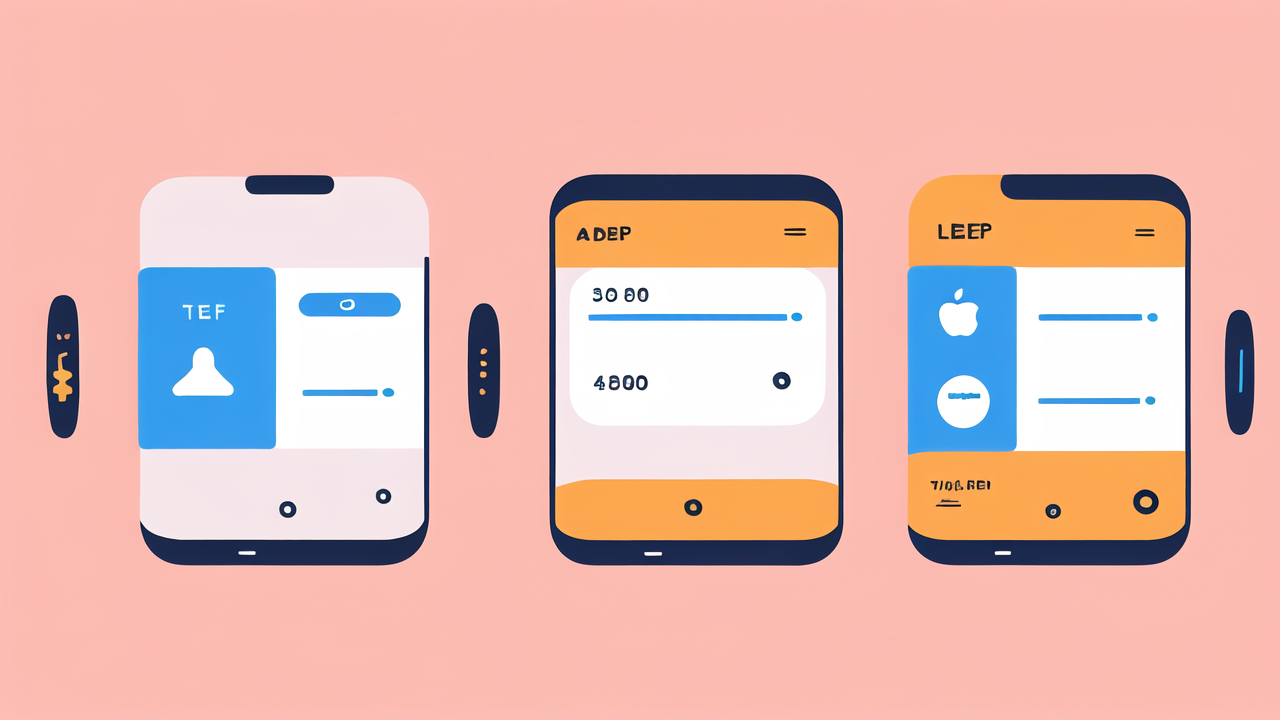The Evolution of Pulse Watches: A Historical Overview
The Early Days of Wearable Technology in the United States
Wearable tech in the US began with simple devices. Early pulse watches were basic. They could only measure heart rate. These watches were bulky and not very accurate. They were mainly used by athletes and fitness enthusiasts. The first models appeared in the 1980s. Brands like Polar led the way. They introduced wireless heart rate monitoring. This was a big step forward. It made tracking easier during workouts.

Technological Innovations in Pulse Watches Over the Years
Over time, pulse watches got better. They became more accurate and added features. GPS tracking was a game-changer. It allowed users to map their routes and measure distance. Battery life improved too. Watches could last longer between charges. Water resistance became standard. This made them more useful for swimmers. Display technology also advanced. Screens became clearer and easier to read. Some watches added touchscreens for easier use.
The Transition from Fila Watches to Modern Smart Wearables
Fila watches were once popular for their style. But they didn't keep up with tech trends. Modern smart wearables took over. These devices do much more than tell time. They track steps, monitor sleep, and even show notifications. Apple Watch and Fitbit led this change. They combined fashion with function. These new devices appeal to a wider audience. They're not just for athletes anymore. Everyone can use them to improve their health and stay connected.
Analyzing Market Trends: How Consumer Preferences Have Shaped Pulse Watch Development
The Impact of Health and Wellness on Pulse Watch Features
Health trends have greatly influenced pulse watch features. Consumers want more data about their bodies. This led to new sensors in watches. Now, they can track stress levels and blood oxygen. Some even monitor skin temperature. Sleep tracking became a key feature. People use it to improve their rest. Step counting is standard now. It encourages users to move more. Heart rate variability tracking is also popular. It helps users understand their overall health better.

Integration of Advanced Technology in Today's Pulse Watches
Today's pulse watches are high-tech devices. They often have built-in GPS for accurate tracking. Many can store and play music. This is great for workouts. NFC technology allows for contactless payments. Some watches can even make phone calls. Apps have become a big part of the experience. Users can download various health and fitness apps. Cloud connectivity lets data sync across devices. This makes it easy to track progress over time.
The Role of Brand Reputation and Design in Consumer Choices
Brand name matters in the pulse watch market. People trust established tech companies. Apple and Samsung are popular choices. Fitness brands like Garmin also have loyal fans. Design is crucial too. Watches need to look good and feel comfortable. Many brands offer customizable faces and bands. This lets users express their style. Some focus on rugged designs for outdoor use. Others aim for a sleek, professional look. The right balance of features and style is key to success.
The Future of Pulse Watches: Predictions and Emerging Opportunities
Innovations on the Horizon for Pulse Watches
The future of pulse watches looks exciting. We may see new health sensors soon. Blood glucose monitoring without needles could be next. Improved battery tech might mean watches that rarely need charging. Flexible displays could lead to new form factors. Maybe watches that wrap around the wrist. Haptic feedback might get more advanced. This could create new ways to communicate. Solar charging could become more common. It would make watches more eco-friendly.

The Potential of AI and Machine Learning in Future Pulse Watches
AI and machine learning will make watches smarter. They could learn user habits and adjust settings automatically. Predictive health alerts might become possible. Watches could warn of potential issues before they happen. AI could personalize fitness plans based on user data. It might even detect mood changes and offer support. Machine learning could improve accuracy of health metrics. This would make watches more useful for medical monitoring.
How Wearables are Shaping the Future of Digital Health in the US
Wearables are changing healthcare in the US. They're making it easier to track health data over time. This helps doctors make better decisions. Some insurance companies offer discounts for using wearables. This encourages healthier lifestyles. Wearables might help with early disease detection. They could spot signs of heart problems or diabetes. Telemedicine is growing, and wearables play a role. They can send real-time data to doctors during virtual visits. In the future, wearables might even dispense medication or provide treatment reminders.




Leave a comment
This site is protected by hCaptcha and the hCaptcha Privacy Policy and Terms of Service apply.